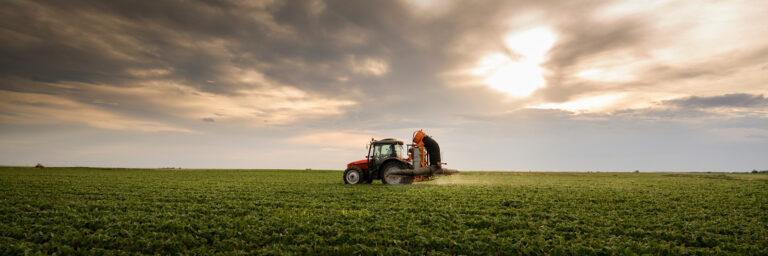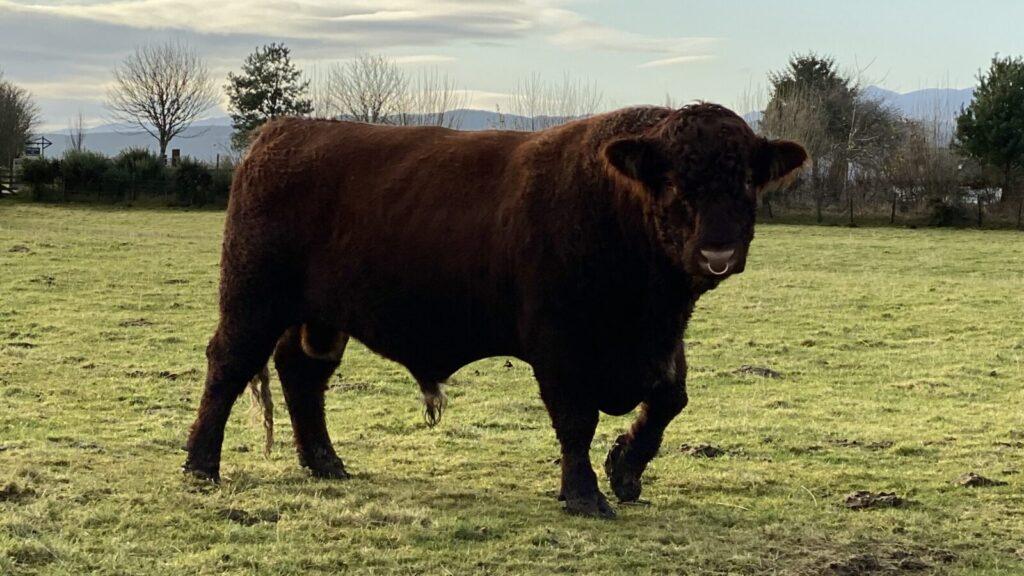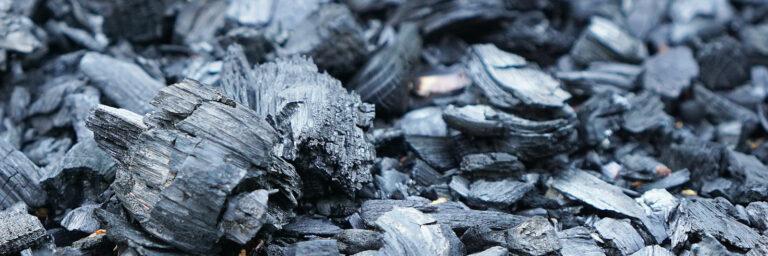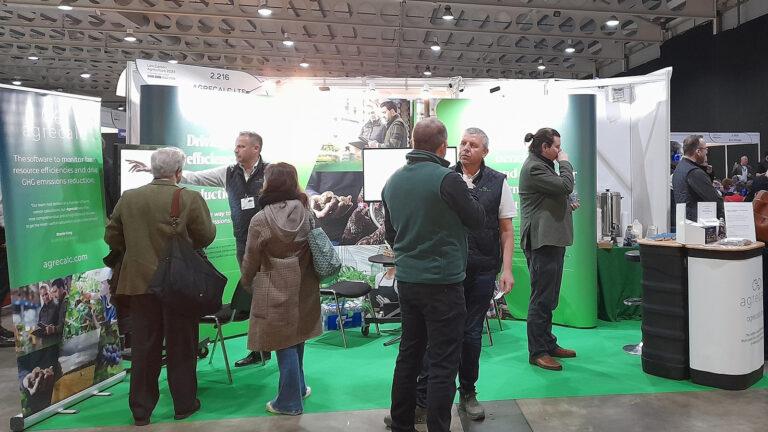
April Business Update: SRUC
After two years of operation as a Limited Company, Agrecalc became part of Scotland’s Rural College (SRUC) as of 1 April 2025.
N & C M Henderson is a traditional beef and sheep farm located on the south-west coast of the Isle of Arran. The business manages approximately 180 hectares of permanent land and 56 hectares of seasonal land that makes up the business and Kilpatrick farm. The farm is made up of permanent pasture and rough grazing with small woodland components.
The business has a productive herd of native breed, spring calving cross cattle. Heifers are reared as replacements for the home herd with additional heifers being sold store, bull calves are sold steered at around 12 months. The flock is made up of traditional mules and other cross ewes, with lambs being sold mostly store.
The business wanted to fulfil the conditions of the Scottish Government’s Beef Efficiency Scheme (BES), as well as highlight areas for improvement that the business would not have considered or have been unaware of.
The farm has seen reductions in emissions while maintaining farm output over the three years of the auditing process. At the same time, the business has been made more aware of their inputs and the carbon audits have provided scope for investigation of methods to improve the business that otherwise would not have been obvious.
Using the software and the results of a carbon audit have been a learning curve for the business. This has highlighted the need for education on the digitalisation of agriculture among the generation that prepares succession plans for their farm businesses.
With the help of an SAC Consultant, awareness has been raised on the directions in which the government policy is moving and what that would mean for the business.

"For us, carbon auditing has had two major benefits. The first is that the data collection process increases awareness of inputs and resource use. The second is that the results of the audit highlight areas for improvement that the business would not have considered or have been unaware of."
David Henderson, Business Partner in N & C M Henderson, Arran
With the first carbon audit done, the farm has gone back to basics in a lot of ways – silage sampling, soil sampling, investing in weighing equipment. The farm is eager now to continue making gains and providing good information on which they can make informed decisions. The business is a key contributor to a recently formed climate change benchmarking group and is actively looking for innovate and continue the gains they have made.
Seeing the improvements made over the years has been really encouraging, say the farm owners. They are of opinion that they are on a good track, and that farmer perception of climate change and farming’s role in it is evolving. Even if climate change isn’t a motivating factor for some, from a pragmatic view they’ve seen through the software that carbon is cash and that the business is better off having done the carbon audits with Agrecalc.
The table below shows the details of carbon emission reduction over time:
2018 | 2019 | 2020 | |
Total CO2e emissions from farming | 532,723 | 551,266 (3%) | 526,217 (-5%) |
Sequestration from forestry | – | – | – |
Net emissions from land use | 532,723 | 551,266 (3%) | 526,217 (-5%) |
Whole farm CO2e emissions per kg of farm output | 8.80 | 8.74 (-0.66%) | 8.33 (-4.74%) |
Emissions per hectare (kg CO2/ha) | 3,213 | 3,186 (-1%) | 3,069 (-4%) |
Farm and enterprise output (kg) | 60,553 | 63,080 (4%) | 63,209 (0%) |
The business will continue its carbon audits with Agrecalc to identify areas where they are not performing, as well as understand whether the changes they implemented are working or not.

After two years of operation as a Limited Company, Agrecalc became part of Scotland’s Rural College (SRUC) as of 1 April 2025.

Biochar is a carbon-rich material produced by pyrolysing biomass, which offers a variety of potential agronomic benefits. In this guest article, Black Bull Biochar discusses how these effects work together to bolster productivity, sustainability, and resilience in farming.

The Agrecalc team is looking forward to welcoming you at our stand (2.844) at this year’s Low Carbon Agriculture Show, taking place on March 5 and 6, at NAEC Stoneleigh near Kenilworth.